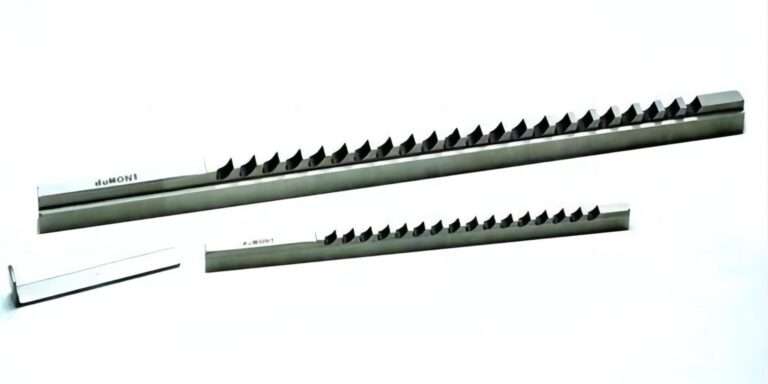Hair loss can be a significant concern for many people, affecting their self-esteem and confidence. For those who aren’t ready for a hair transplant or prefer less invasive methods, non-surgical alternatives can provide effective solutions. Whether you’re in London or elsewhere, there are several options available that can help manage hair loss without going under the knife. This article will explore the most popular non-surgical alternatives to hair transplants and how they compare in terms of effectiveness and longevity.
Understanding Hair Loss
Hair loss can occur for a variety of reasons, including genetics, hormonal imbalances, stress, and even diet. It typically begins with a gradual thinning of hair, often in specific areas of the scalp. While a hair transplant London offers a permanent solution by transplanting healthy hair follicles to thinning areas, many people seek alternatives that are non-invasive and less costly. Fortunately, several options are available to slow down or even reverse the effects of hair loss without resorting to surgery.
Top Non-Surgical Alternatives to Hair Transplants
If you’re considering alternatives to a London hair transplant, there are several non-surgical methods to explore. Each has its own benefits and considerations, depending on your specific needs.
1. Hair Growth Medications
One of the most common non-surgical treatments for hair loss is the use of topical medications. Two widely known medications are Minoxidil (often sold under the brand name Rogaine) and Finasteride (Propecia). These treatments are FDA-approved and can help promote hair growth or slow down hair loss.
Minoxidil is applied directly to the scalp and is known to stimulate hair follicles, encouraging new hair growth. Finasteride, on the other hand, is an oral medication that works by blocking the hormone responsible for hair thinning. While these medications can be effective, the results vary, and they may take several months before showing noticeable changes. It’s also important to continue using them to maintain results.
2. Platelet-Rich Plasma (PRP) Therapy
Platelet-Rich Plasma (PRP) therapy is another innovative, non-surgical treatment gaining popularity as an alternative to hair transplant London. This procedure involves drawing a small amount of the patient’s blood, processing it to concentrate the platelets, and then injecting it into the scalp. The growth factors in PRP are believed to stimulate hair follicles and promote hair growth.
PRP therapy is particularly useful for individuals experiencing early stages of hair loss. The treatment has minimal downtime, and the results are typically seen after a few sessions. While PRP is effective, it is not a permanent solution, and repeat sessions may be required to maintain results.
3. Low-Level Laser Therapy (LLLT)
Low-Level Laser Therapy (LLLT) is another non-invasive alternative to hair transplants. This treatment involves using red light to stimulate the scalp and improve hair growth. LLLT works by increasing blood flow to the hair follicles, which can enhance the delivery of oxygen and nutrients necessary for hair growth.
This treatment is painless, non-invasive, and can be done at home with devices like laser combs or helmets. While it requires consistent use for several months, many patients report positive results. LLLT is a good option for those who prefer a more passive method of hair restoration without surgery.
4. Scalp Micropigmentation (SMP)
Scalp Micropigmentation (SMP) is a cosmetic procedure that creates the appearance of a fuller scalp by applying pigment to the scalp in tiny dots. The treatment mimics the look of short hair follicles, providing the illusion of a thicker, more dense hairline.
SMP is ideal for people who want to improve the visual appearance of thinning or receding hair without the need for a London hair transplant. It’s a non-invasive, quick procedure with immediate results. However, SMP does not promote actual hair growth; it’s a cosmetic solution to camouflage hair loss. While results can last for several years, they may fade over time, requiring touch-ups.
5. Hair Fibers and Concealers
For those looking for a temporary, non-surgical fix, hair fibers and concealers can provide a quick solution to thinning hair. These products are made of keratin fibers that adhere to existing hair, giving the appearance of thicker, fuller hair. They can be applied daily and are ideal for special occasions or as a daily confidence boost.
While hair fibers and concealers are not long-term solutions, they offer immediate visual results without any commitment. They’re best used as a cosmetic enhancement rather than a permanent solution to hair loss.
Which Non-Surgical Option is Right for You?
Choosing the right non-surgical alternative depends on several factors, including the extent of your hair loss, your budget, and the results you’re hoping to achieve. For those in the early stages of hair loss, medications like Minoxidil or Finasteride may be enough to slow down or reverse thinning. If you’re looking for a more immediate solution with no downtime, PRP therapy or Low-Level Laser Therapy may be the way to go.
For individuals who want to conceal thinning areas without the need for surgery, Scalp Micropigmentation is an effective and non-invasive option. It’s essential to understand that non-surgical treatments, while effective, may require maintenance and repeated sessions to achieve long-lasting results.
Conclusion
While a hair transplant London is a permanent solution to hair loss, there are many non-surgical alternatives that can offer effective, less invasive options. Whether you opt for medication, PRP therapy, laser treatment, or a cosmetic solution like SMP, each treatment has its unique benefits. It’s essential to consult with a professional to assess your needs and determine which option is best suited to your hair restoration goals. Remember, the right solution depends on your specific circumstances, so take the time to explore all your options before making a decision.















